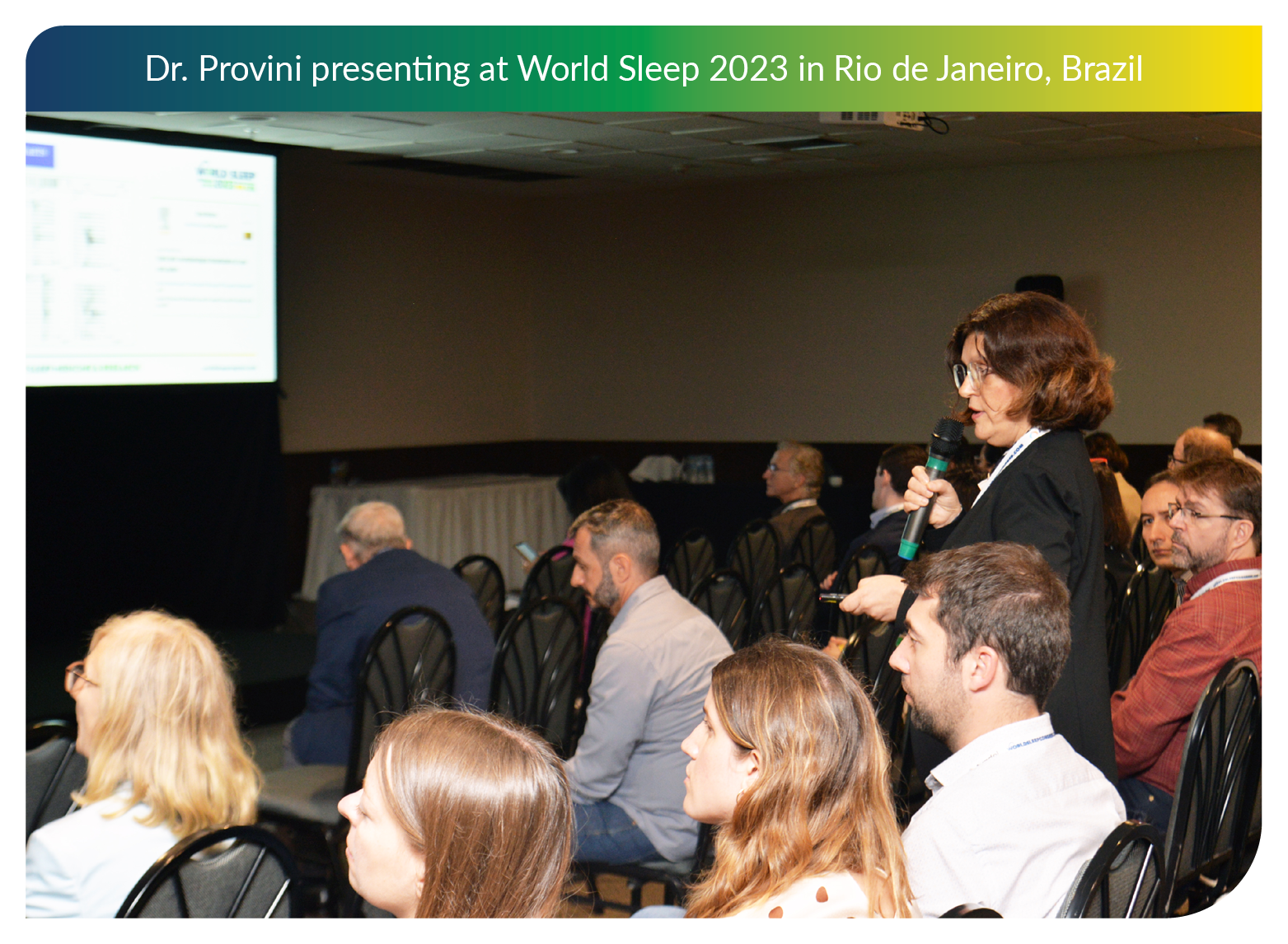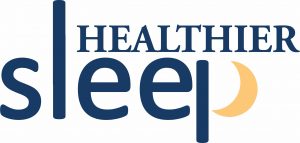Spasms, starts, jerks, jolts: there are many names for the sensation of “catching yourself ” when falling asleep. This could be a sleep start or hypnic jerk. It is a very normal response as we prepare to sleep. However, in a small portion of the population, excessive body jerks while sleeping can cause sleep disorders.

According to Frederica Provini, MD, PhD, Associate Professor in the Department of Biomedical and Neuromotor Science at the University of Bologna in Italy, different types of jerks could appear during the night not all with pathological relevance.
From very small twitches to a full body jolt, there is a wide range of sleep-related jerks: fragmentary hypnic myoclonus (small twitches of the small muscles of the hands or face), neck myoclonus (flexion or extension contraction of the muscles of the head), and sleep starts (brief simultaneous contraction of the muscles of the body). Because there are so many types, scientists have developed a way to define the site of origin and the pattern of muscles activation.
Electrophysiology is used to measure the pattern of activation and muscles involved with the jerks as well as the frequency and intensity of jerks while sleeping. For example, a sleep start or hypnic jerk may occur due to a sudden noise, or it may just happen for no apparent reason. The recordings look different for each type based on the origin of the jerk. Measurements reflect different muscles responses during the different types of jerks. In patients with neurodegenerative diseases, (e.g., Parkinson’s Disease) many hypnic jerks are present every night. When jerks occur frequently and late in the sleep cycle, it can prevent sleep, causing severe insomnia. This is the case of a rare condition named “propriospinal myoclonus”, during which jerks appear only when the patient is relaxed, laying down, and ready to begin to sleep. Regarding this condition, the interesting question is: Why do symptoms disappear when patients are mentally awake or active?
Sleep starts or hypnic jerks are common occurrences and can be part of a healthy sleep. Occasionally jerks can be a sign of a sleep disorder, appearing also in the context of a more complex condition such as RBD (REM sleep behavior disorder). The intensity of the jerks and their frequency associated with their neurophysiological features can help the clinician to pose the correct diagnosis.



